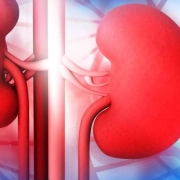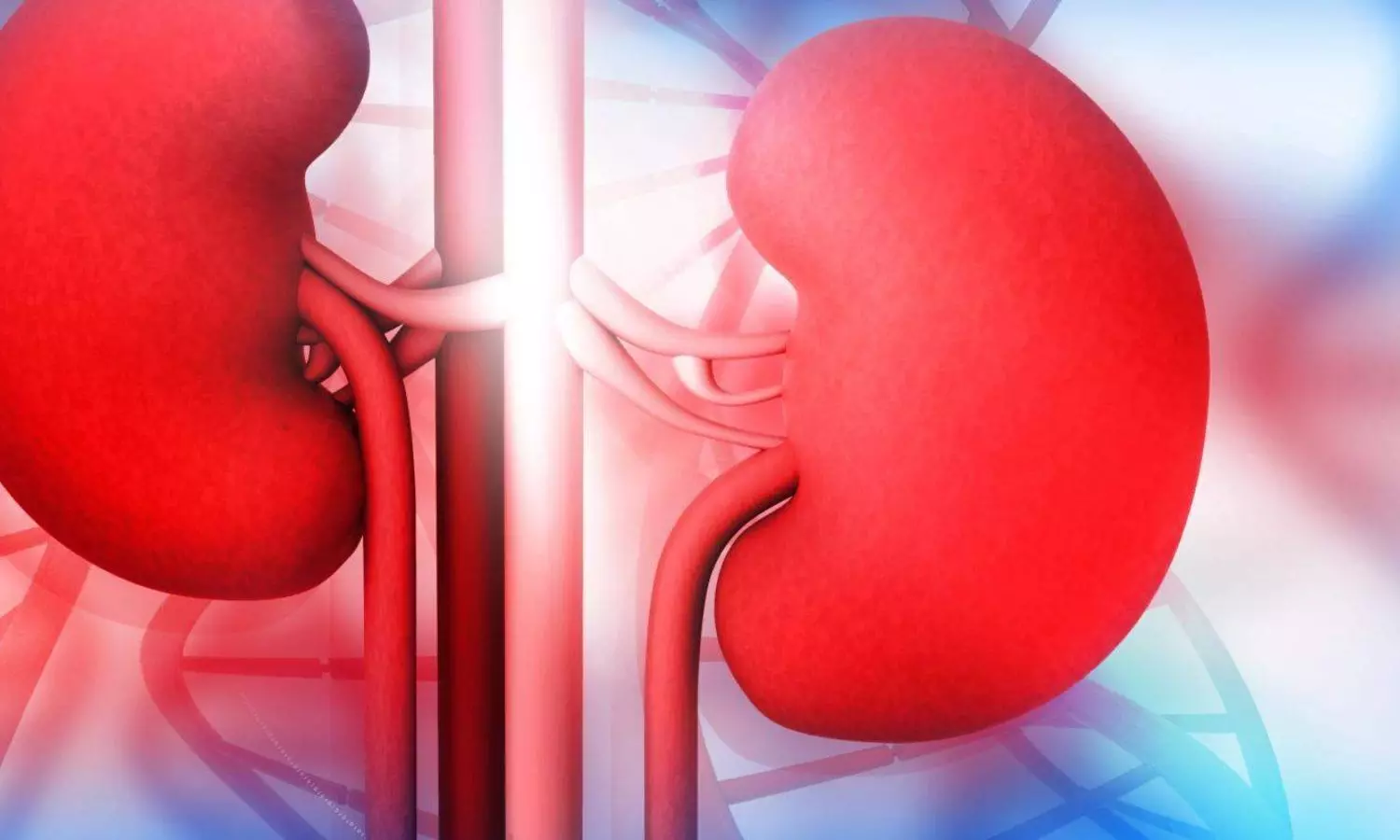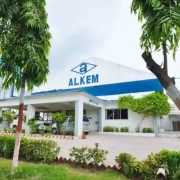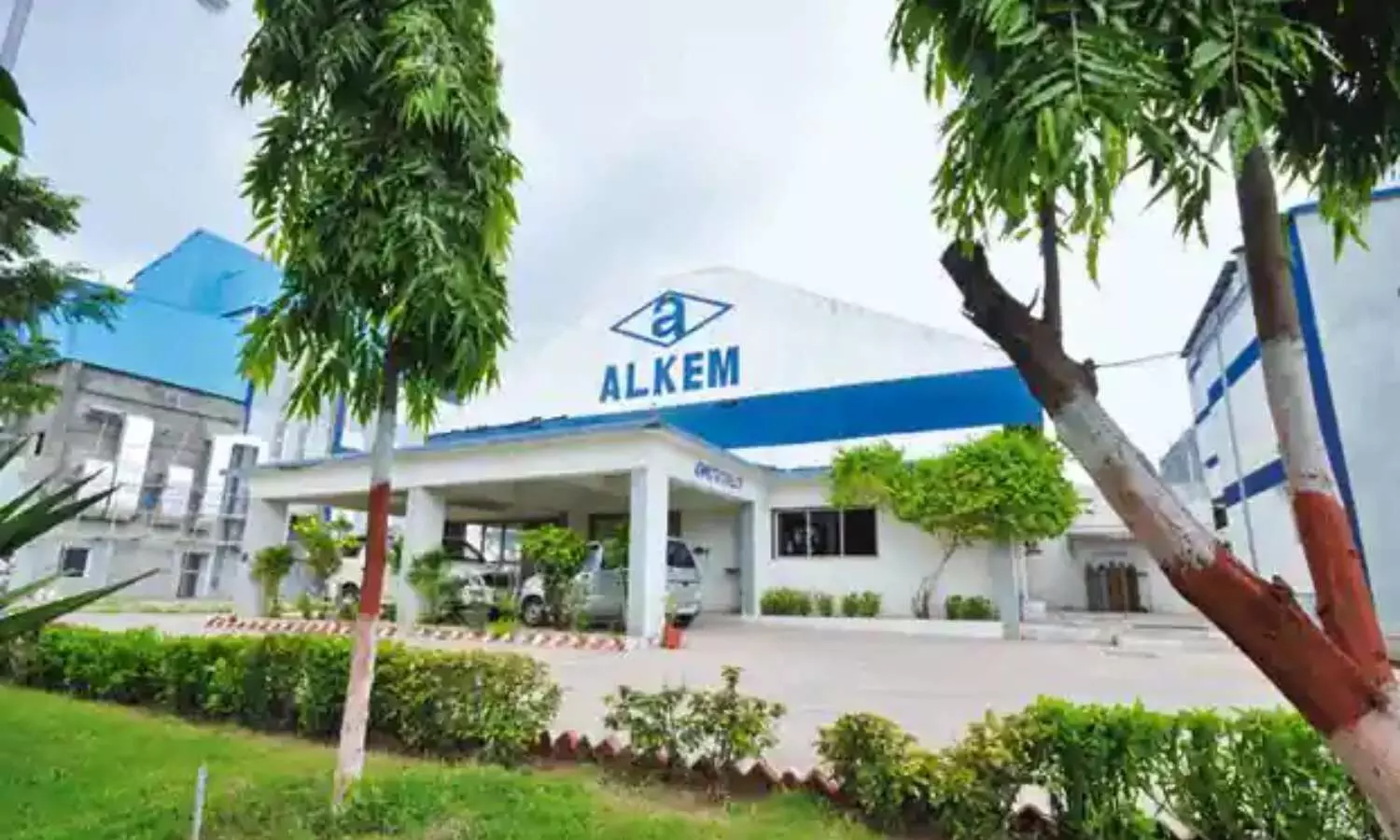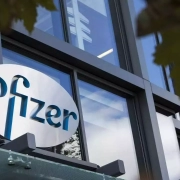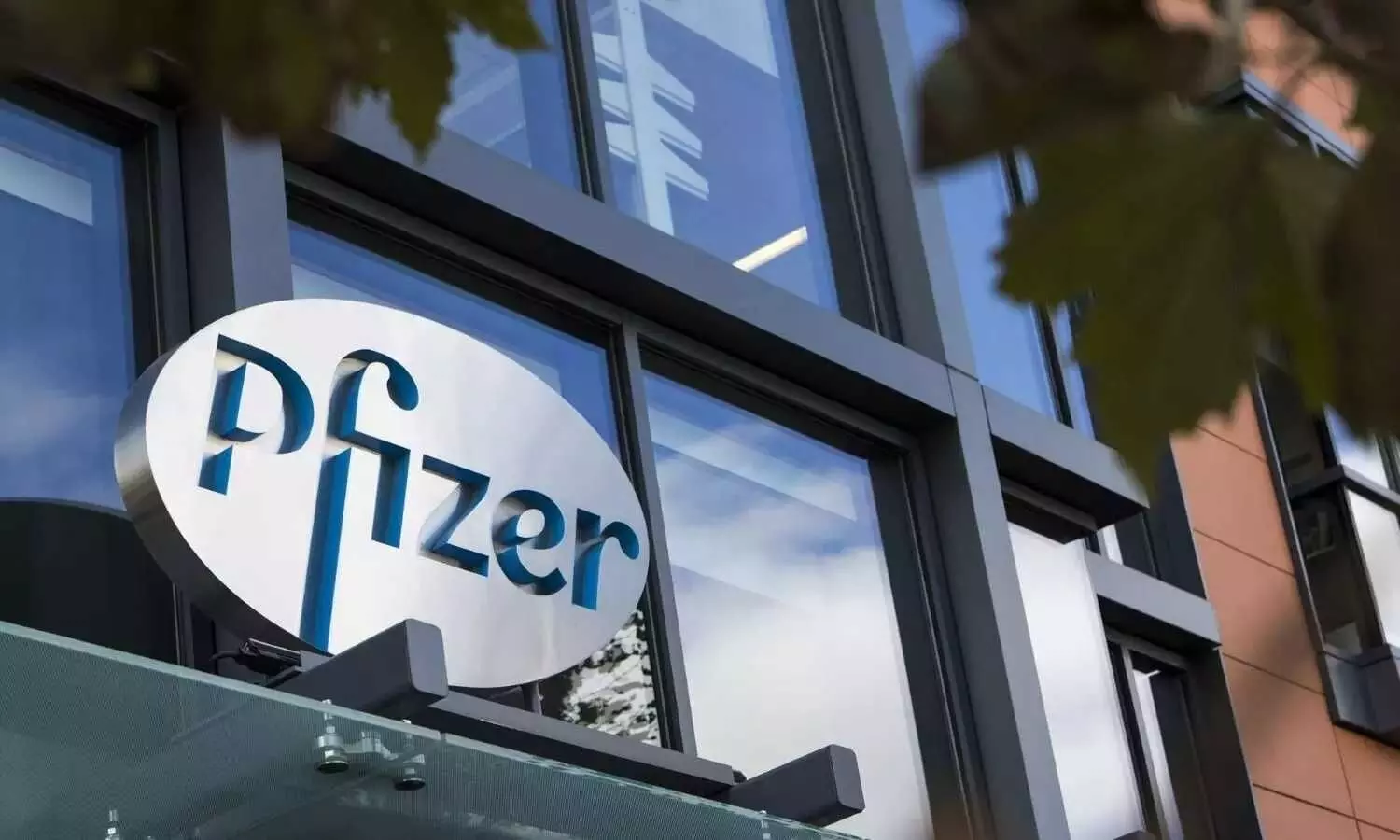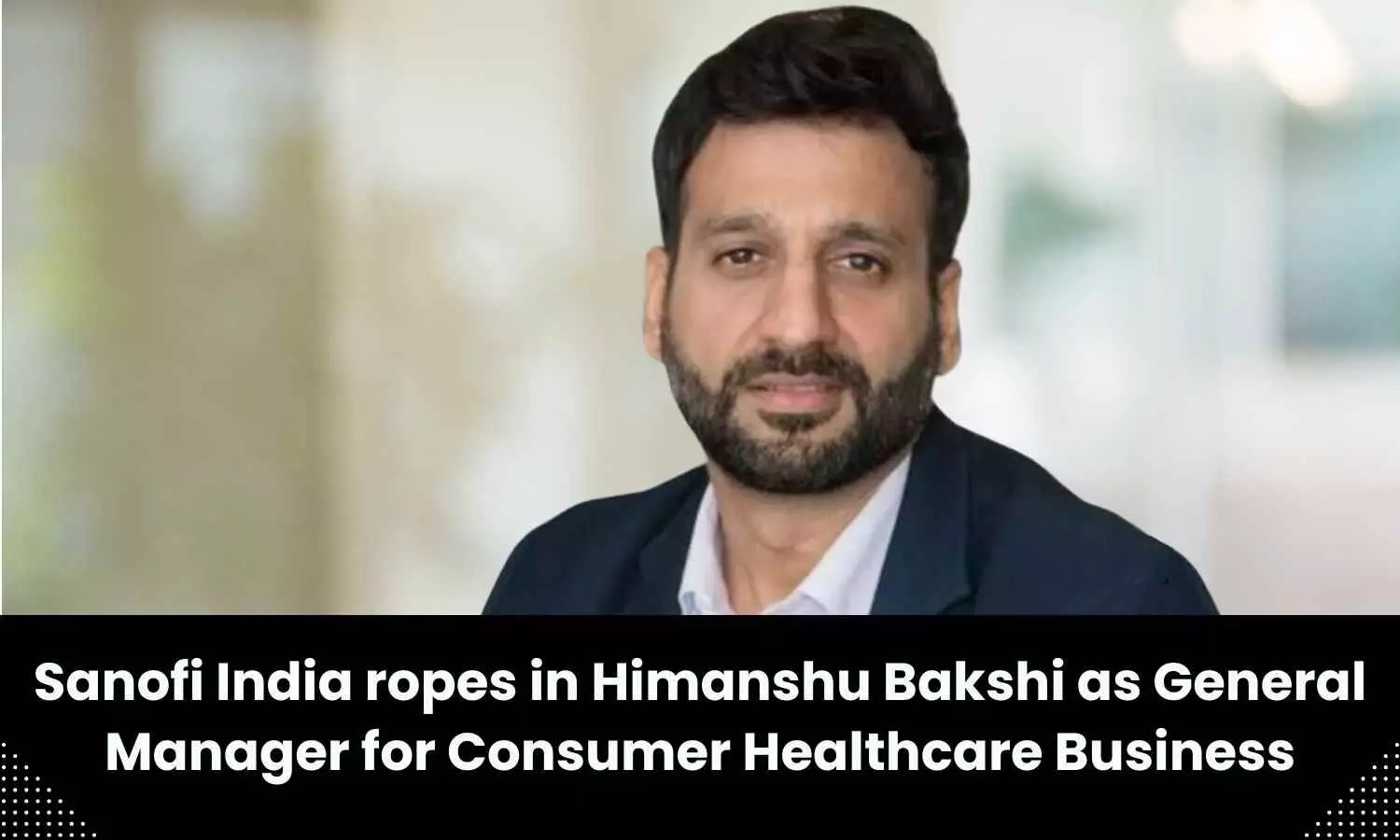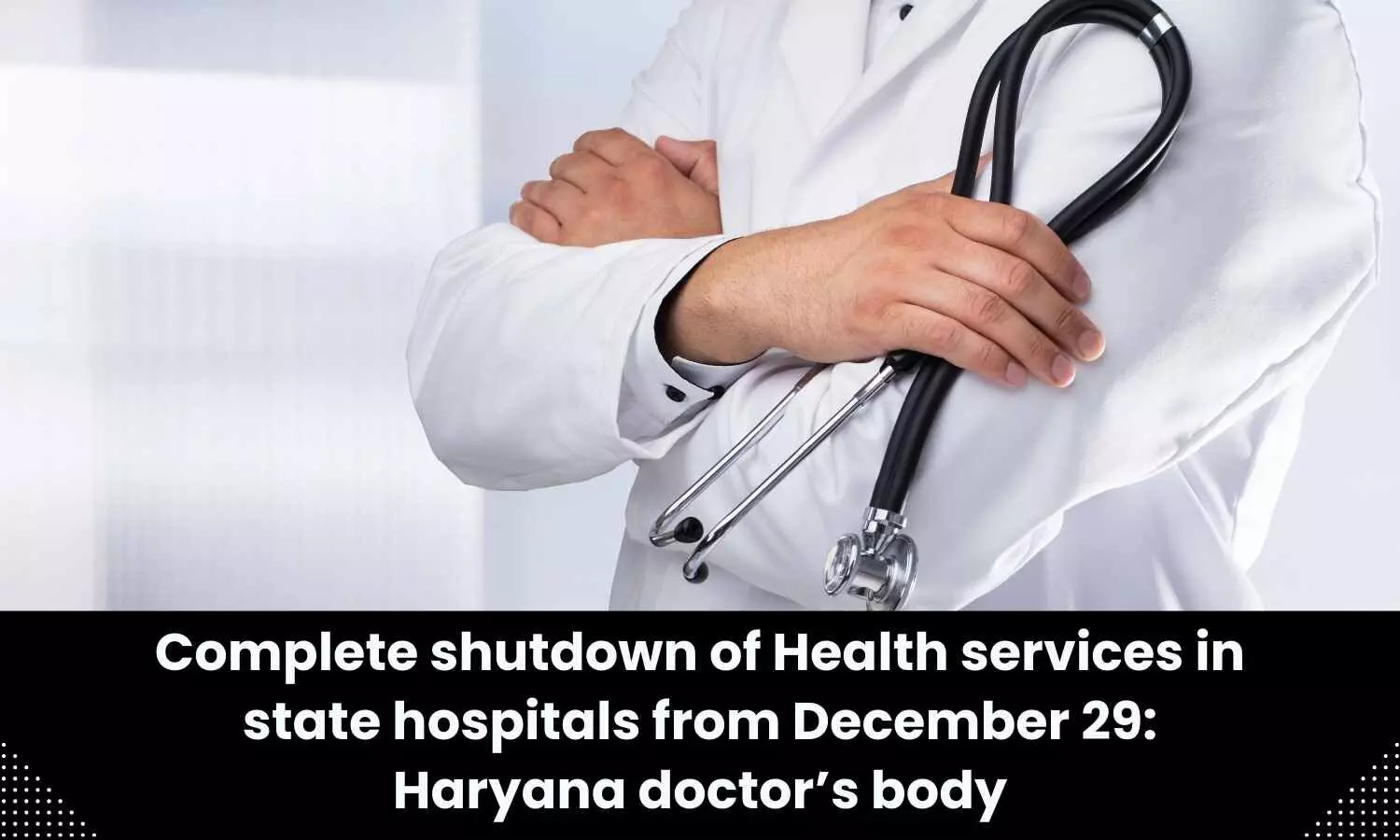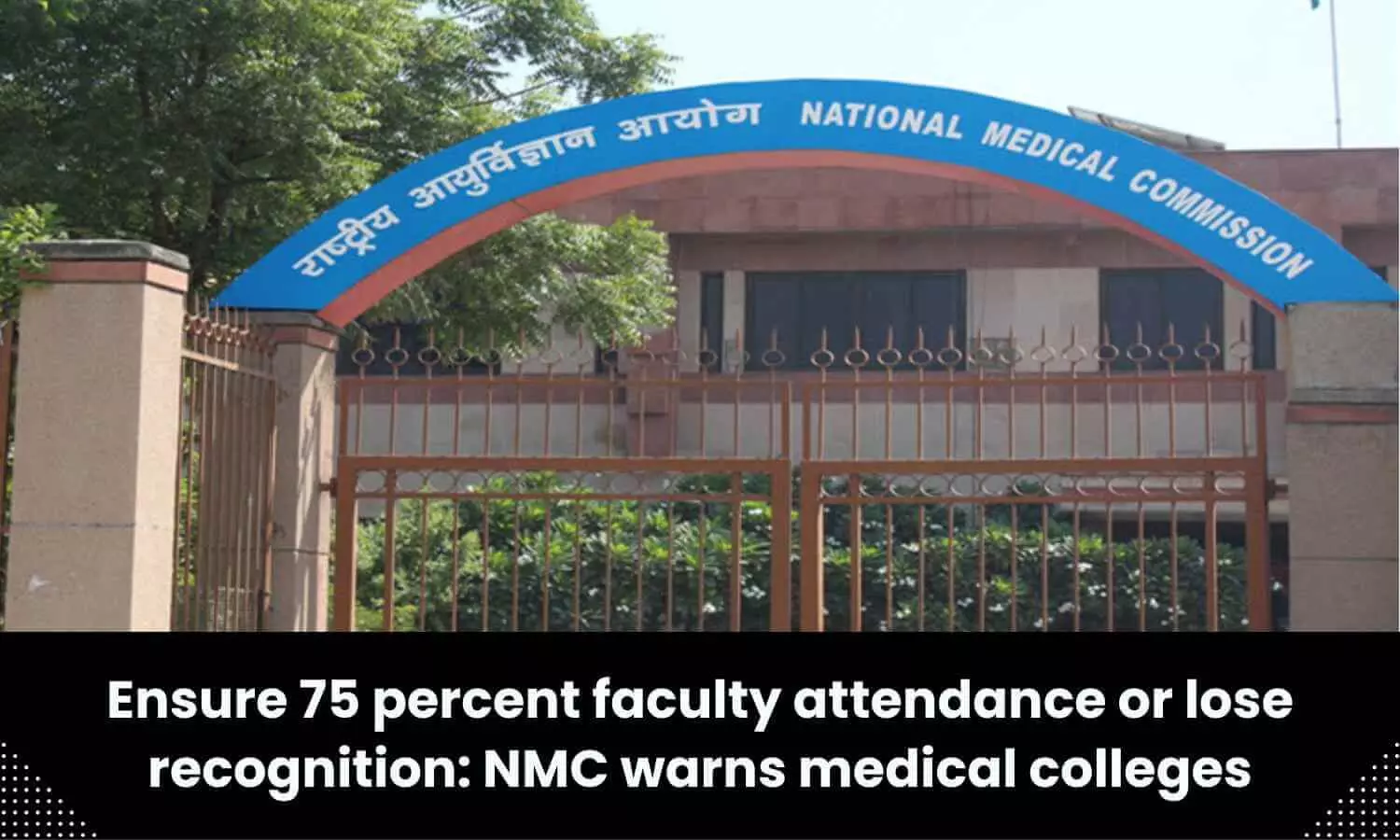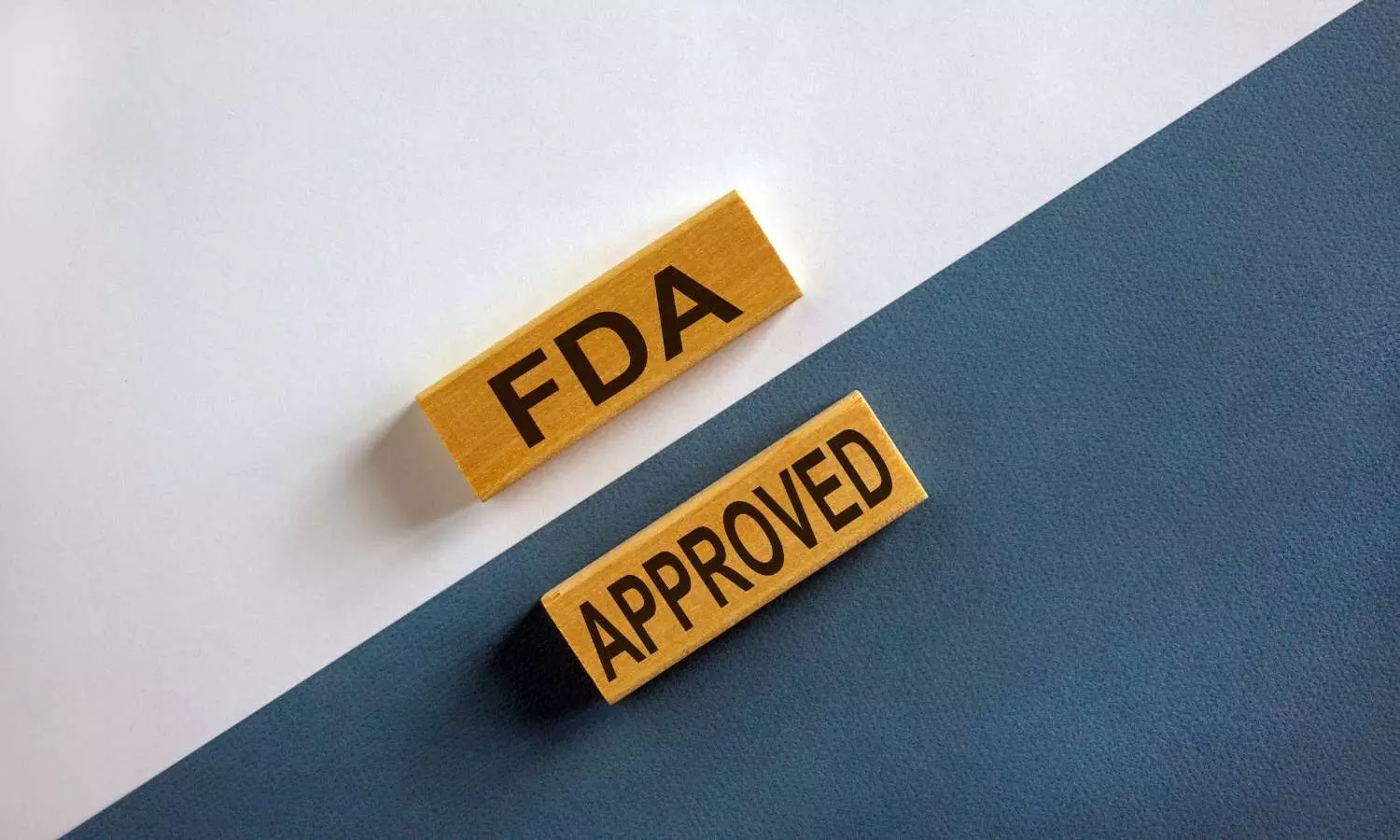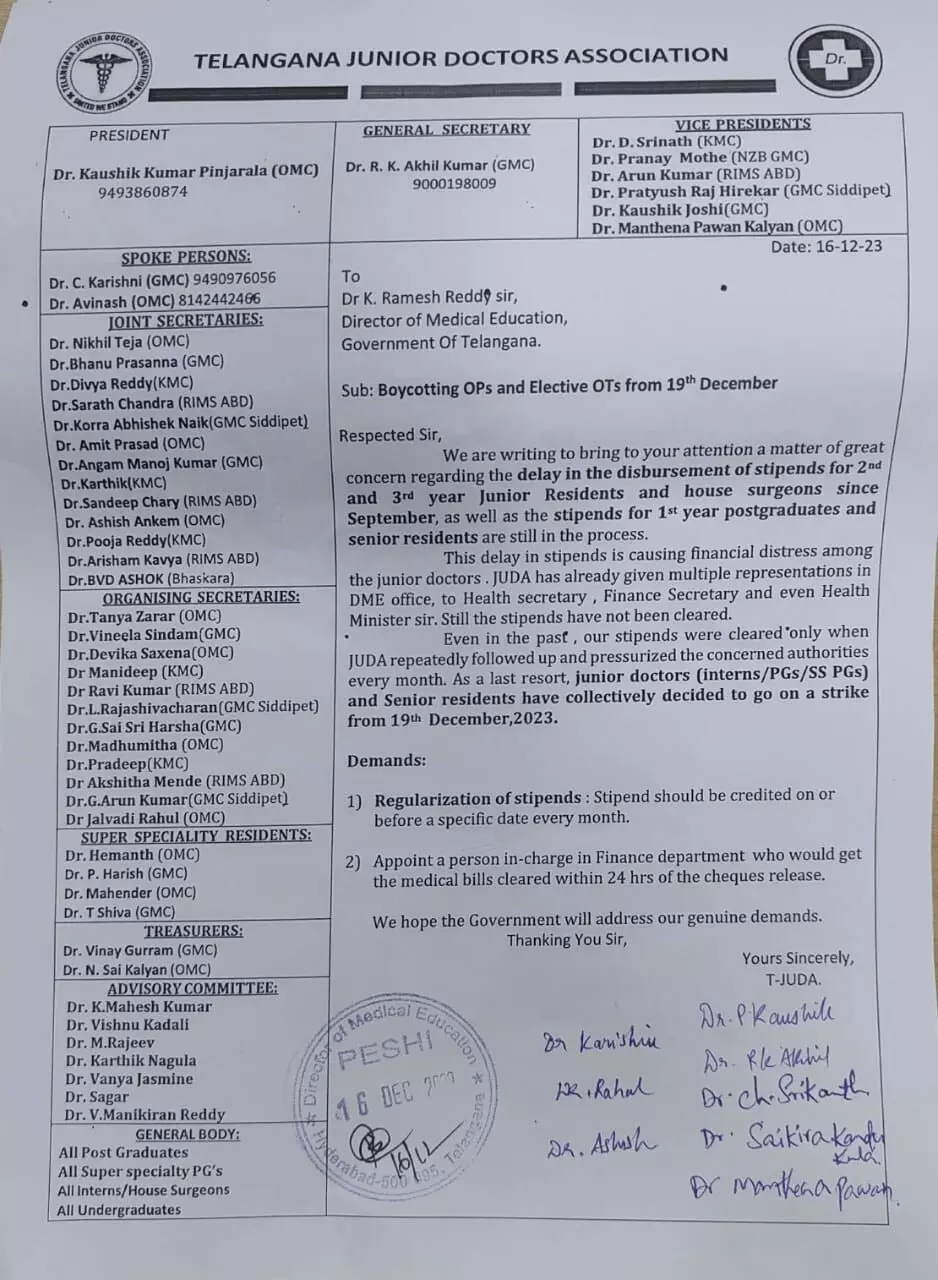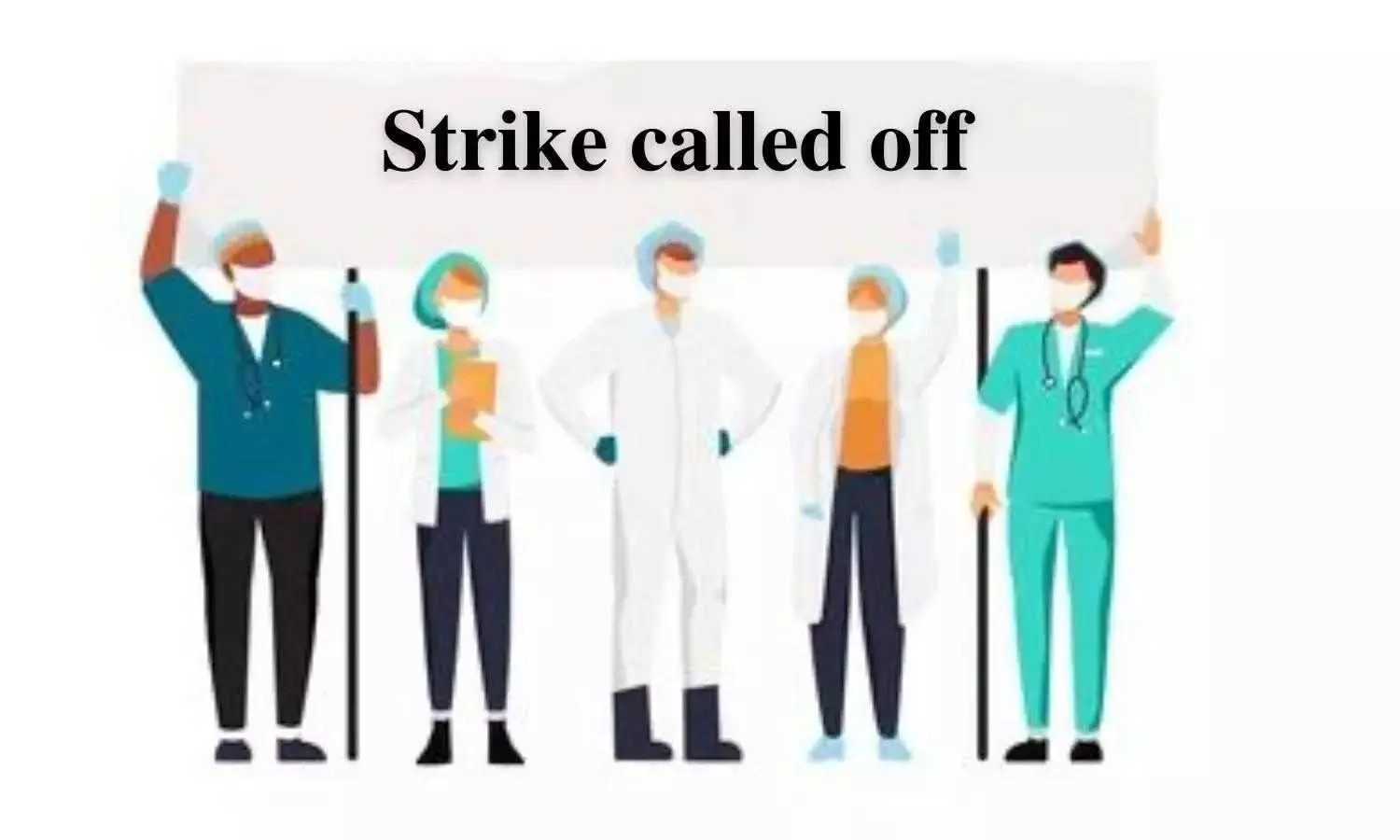
Hyderabad: The Telangana Junior Doctors Association (TJUDA), who had planned to go on strike demanding their stipends, has called off their proposed strike after receiving assurance from Health Minister Damodar Raja Narasimha. The minister has promised that the stipends for junior and senior resident doctors will be paid on time by the 15th of each month.
The Telangana Junior Doctors Association, along with the Telangana Senior Resident Doctors Association (T-SRDA), had initially planned to hold a strike on Tuesday. The purpose of this strike was to express their dissatisfaction with the state government’s lack of concern regarding their stipend and the delay in receiving it. As part of the strike, the doctors intended to refuse to perform elective OP duties at government hospitals in the state.
However, the recent progress occurred as a result of a two-hour meeting convened on Monday, December 18 between the Minister, the Director of Medical Education (DME), JUDA, and SRDA. During the meeting, several discussions were conducted to address the doctor’s concerns.
Also read- Rajasthan Doctors Call Off Strike On RTH Bill After Govt Agreement
The association’s demands included the regular distribution of stipends, which meant that stipends had to be paid out on or before a specific date every month. In addition, they also demanded the appointment of an in-charge in the finance department who would get the medical bills cleared within 24 hours of the cheque release.
In response to their requirements, the minister assured that stipends will be paid on time by the 15th of each month. Moreover, he also pledged the release of new software for smooth stipend processing within 20 days.
“Our primary demand was regular disbursal of stipends. We were assured that a green channel would be created to regularise stipends and stipends would be credited by the 15th of every month. The DME informed us that software will also be released within 20 days to make the process easier,” the president of T-JUDA, Dr Kaushik Kumar Pinjarala told Edexlive.
Apart from this, the minister assured DNB students of immediate eight-month stipend deposits and promised to resolve stipend delays for private college medical students.
Speaking to Newsmeter, Dr Kaushik said “Regarding non-payment of stipends to PGs and Interns by private medical colleges in violation of National Medical Commission (NMC) guidelines and discrimination in stipend payment against Foreign Medical Graduate (FMG) interns, the health minister said that they will get back to us after discussion with the authorities concerned. About stipends of Diplomate National Board (DNB postgraduates), the minister spoke to the respective authorities and assured them that their eight months’ stipends would be deposited at the earliest.”
Previously, the association alleged that they had informed the government on several occasions about their pending demands that remained pending. In a letter to the DME, the association informed about their distressing situation due to the delay of stipends for second and third-year junior residents as well as house surgeons since September.
“This delay in stipends is causing financial distress among the junior doctors. JUDA has already given multiple representations in the DME office, to the Health Secretary, to the Finance Secretary and even Health Minister. Still, the stipends have not been cleared,” reads the letter.
Furthermore, the organization highlights that in the past, their stipends were only distributed after JUDA consistently advocated for and applied pressure on the appropriate authorities every month.
In another letter to the Health Minister on December 19, the association informed about the poor state of infrastructure at the Osmania General Hospital. They appealed for a new Osmania Hospital building to serve the citizens with better healthcare services.
“We also informed the minister about the requirement of hostel rooms and facilities as with increased PG seats, more PG medicos are joining. He noted down the list of hospitals and colleges and the area available for the construction of new hostels. Where there is space, new hostels will be constructed and where there is a lack of space, hostels will be allotted in other nearby areas. The minister has also assured that work for a new building for Osmania General Hospital (OGH) will commence very soon,” said the T-JUDA president.
The association had expressed another significant worry about the mounting pressure on doctors caused by extended work hours and demanding schedules. In response to this concern, the authorities provided reassurance that a committee would be established to develop essential guidelines for the working hours of interns and postgraduate doctors.
Medical Dialogues had reported that the JUDA previously called off their strike in April this year after protesting by wearing black badges, highlighting the poor working facilities given by the government. They wore black badges demanding that PG students attending DRP be given sufficient accommodations, security, and food amenities. Their demands also included raising stipends by 15 per cent, providing a written guarantee that stipends would be credited by the 10th of each month, and clearing pending stipends for February and March. In response to this, the DME assured that their demands would be addressed.
Also read- Telangana Junior Doctors Call Off Strike Over Pending Stipends After Assurance



